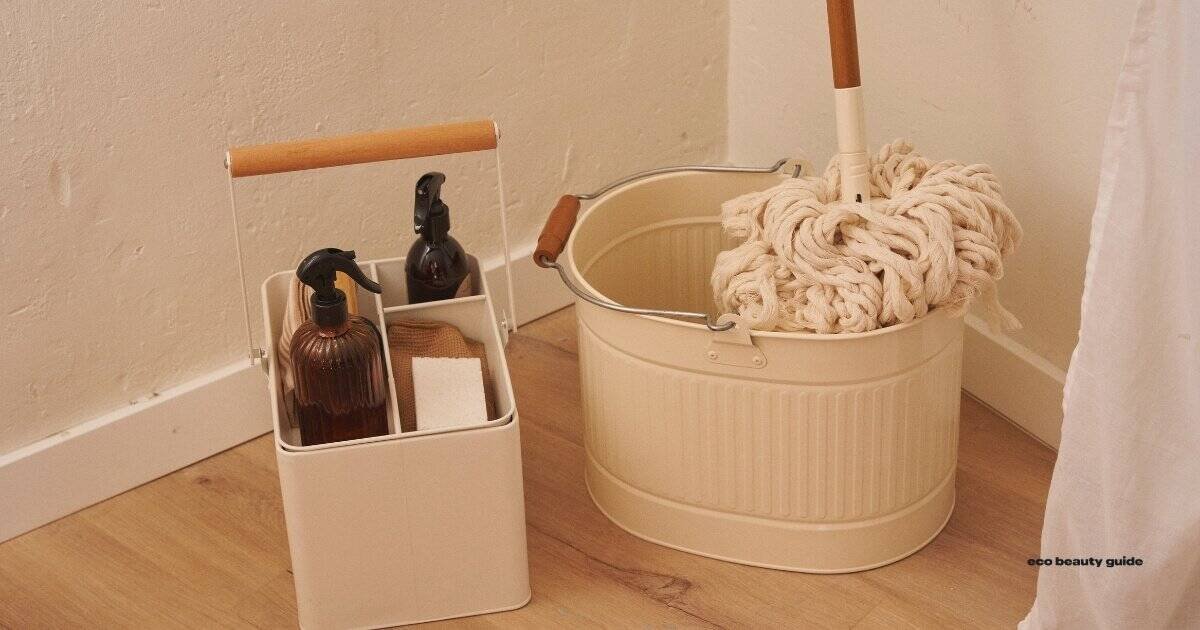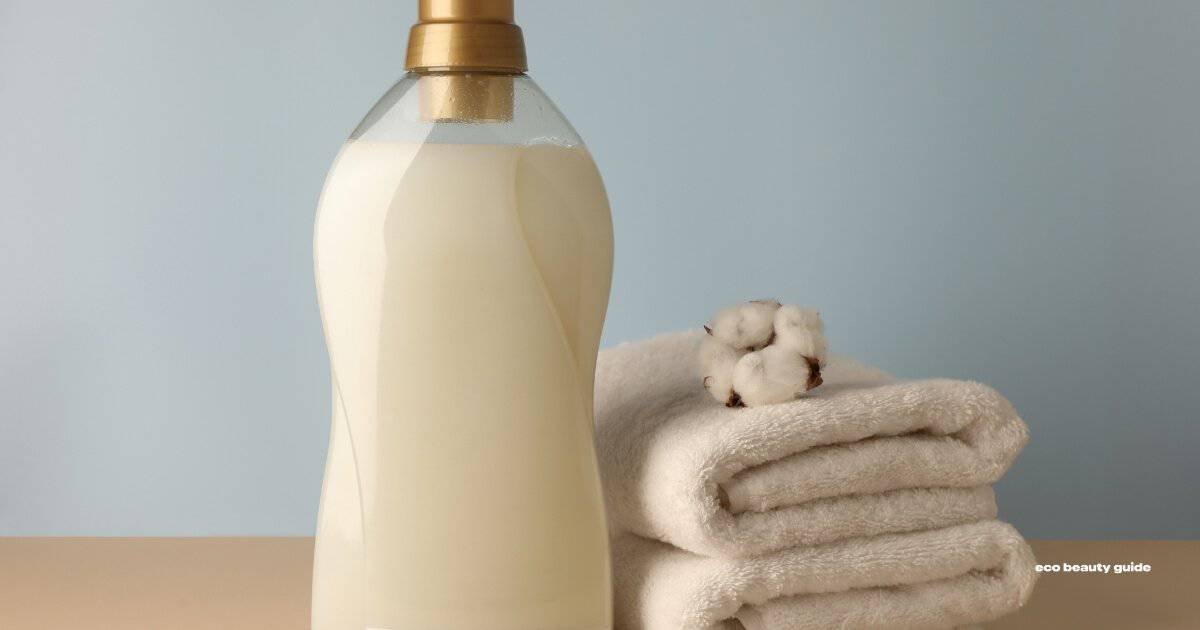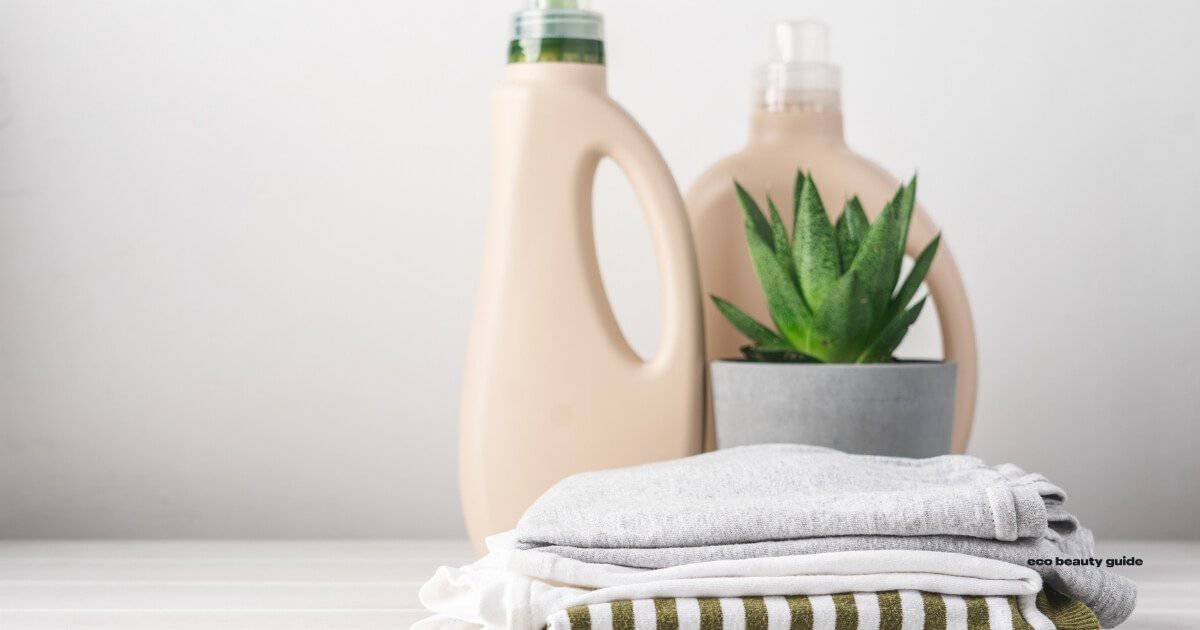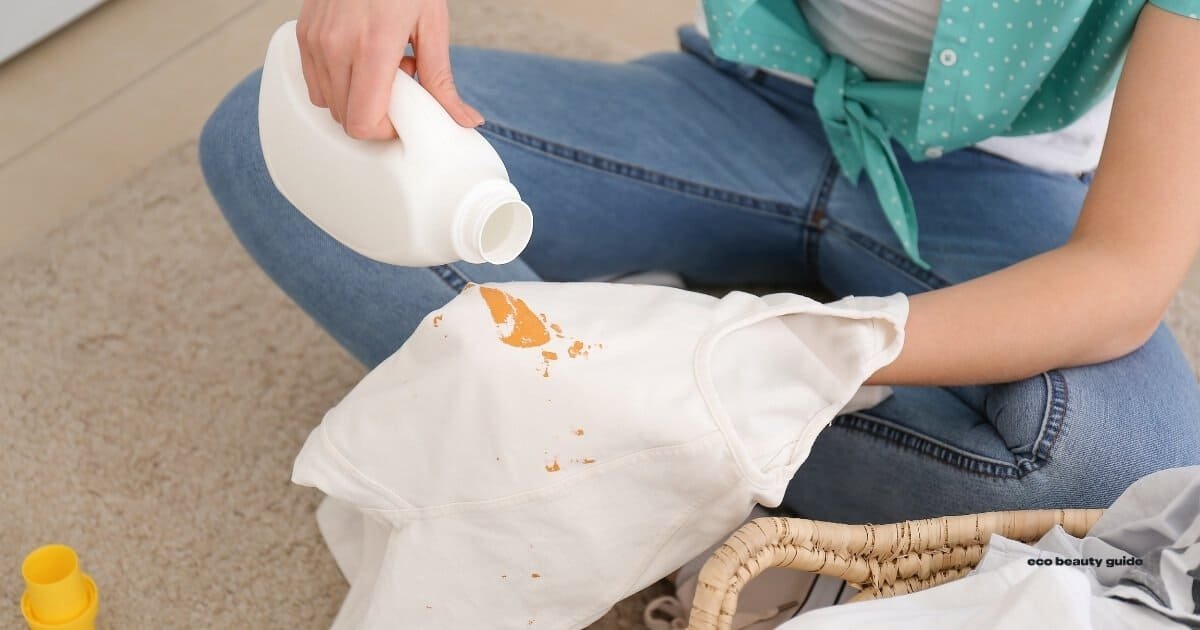Cruelty-Free Cleaning Products for Beginners: Easy Swaps to Get You Started
When I first started looking into cruelty-free cleaning, I wasn’t sure what counted or where to start. Some labels made it sound simple, others left me more confused than before.
Cruelty-free means no animal testing, and most of these products still clean really well. Many also use ingredients that are gentler on your home and safer for the environment.
If you’ve been wanting to switch but don’t know where to begin, this post walks through the basics. Think of it as a calm reset for your cleaning routine, not a total overhaul.
What “Cruelty-Free” Really Means in Cleaning Products
Before you start swapping your go-to cleaners, it helps to understand what cruelty-free actually means. The label sounds simple, but the standards can vary a lot between brands. Some marketing terms can even be a little misleading.
When a product is labeled cruelty-free, it means neither the final product nor its ingredients were tested on animals at any stage. The tricky part is that not every company backs up that claim with proof. Some use the term loosely, which makes it hard to know who to trust.
That’s why I look for third-party certifications like Leaping Bunny or PETA’s Beauty Without Bunnies program. These labels make it easier to tell which brands meet verified cruelty-free standards.
To put it in perspective, it’s a bit like calling cookies “sugar-free” when they’re made with syrup or honey. Technically, it fits, but it’s not quite the same thing. Without clear labeling, it’s easy to think you’re buying something ethical when you’re not.
Cruelty-Free vs. Vegan: What’s the Difference?
This part confused me at first. A product can be cruelty-free and still not be vegan. Cruelty-free means no animal testing. Vegan means the product doesn’t contain any animal-derived ingredients like beeswax, lanolin, or tallow.
Both reflect ethical choices, but they’re not the same thing. Think of it like food. Oreos are vegan but not exactly healthy, while free-range eggs feel ethical to some people but aren’t vegan. Cleaning products can be just as nuanced. Once you know the difference, it’s easier to shop based on what matters most to you.
Why Make the Switch to Cruelty-Free Cleaning Products
Once I understood what cruelty-free really meant, I started asking myself why it matters. At first, it felt like a small choice in the grand scheme of things. But the more I looked into it, the more I realized how much it adds up.
Whether you care about animal welfare, the ingredients in your products, or how your money is spent, there are plenty of reasons this switch makes sense.
Ethical Choices That Align with Your Values
For me, animal testing just does not sit right. Millions of animals such as rabbits, mice, and even dogs are still used in product testing around the world each year. When safer, non-animal methods already exist, it feels unnecessary to keep that going.
Choosing cruelty-free products is a quiet way to say, “I do not support that.” You do not have to shout it or hold a sign. You are simply making small choices that line up with what you believe.
Health and Environmental Perks
Cruelty-free cleaning brands often take a cleaner approach in general. Many avoid harsh chemicals like ammonia, bleach, and synthetic fragrances that can irritate skin or trigger allergies. A lot also use biodegradable ingredients and recyclable packaging, which means they are gentler on your home and the planet.
It reminded me of when I switched from heavily scented candles to natural soy ones. Suddenly I could breathe easier. Small changes like that make a difference over time and can shift the whole feeling of your space.
Calling Out Brands That Still Test on Animals
Some big household brands still allow animal testing, especially if they sell in countries where it is required by law. That includes familiar names like Lysol, Clorox, and Pine-Sol. Seeing those on my shelf made me stop and think about what I was supporting.
It is not about guilt. It is about awareness. And once you know better, it becomes easier to make choices that feel right for you.
Best Cruelty-Free Cleaning Brands to Try
If you are not sure where to start, these brands make it simple. They are cruelty-free, effective, and more transparent about what goes into their products.
Dishwashing Soap
These dish soaps are gentle on your hands but still tough on grease.
- ATTITUDE Dishwashing Liquid – Gentle on skin with naturally sourced ingredients
- Cleancult Liquid Dish Soap – Refillable and zero-waste friendly
- Molly’s Suds Liquid Dish Soap – Made with simple, safe ingredients
- Puracy Natural Dish Soap – Plant-based and tough on grease without harsh chemicals
Dishwasher Detergent
Skip the strong chemical smell and go for something cleaner.
- ATTITUDE Dishwasher Pods – Plant- and mineral-based with powerful cleaning results
- Cleancult Ultra Power Dishwasher Detergent Pods – Zero-waste packaging and strong performance
- Puracy Dishwasher Pods – Gentle on skin, tough on grease, made by a trusted ethical brand
- Molly’s Suds Dishwasher Pods – Ideal for sensitive households with a focus on safety and transparency
Laundry Detergent
These are my favorite detergents for sensitive skin and good performance.
- Ecover – My personal favorite. Mild scent, works well in HE machines, and doesn’t leave residue
- Biokleen – Concentrated and effective with a light citrus scent
- Molly’s Suds – Great for baby laundry or sensitive skin, free of harsh ingredients
- Dr. Bronner’s – Super versatile and made with organic, biodegradable ingredients
Fabric Softeners
If you like your laundry soft but want to skip the heavy perfumes, try these.
- Method – Easy to find, works well, and comes in fresh scents (note: owned by SC Johnson)
- 365 by Whole Foods – Budget-friendly and gentle on sensitive skin
- ATTITUDE Vegan Fabric Softener – Plant-based, hypoallergenic, and available in fragrance-free options
Dryer Sheets & Alternatives
Here are a few low-waste options that are gentle on skin and easy to use.
- ATTITUDE Reusable Dryer Cloths – Softens clothes without synthetic ingredients
- Grab Green Wet Dryer Sheets – Compostable and gentler on skin
- Molly’s Suds Wool Dryer Balls – Fragrance-free and long-lasting, made from cruelty-free wool
Stain and Odor Removers
Simple and effective for everyday messes.
- Meliora Soap Stick – Simple ingredients, great for everyday stains
- Nellie’s Natural Wow Stick – Handy bar that smells fresh and works fast
- ATTITUDE Stain Remover Spray – Light citrus scent with plant-based power
- Kind Laundry Stain Remover Bar – Compact, travel-friendly, and gentle on fabrics
All-Purpose Cleaners
My go-to options for counters, sinks, and most surfaces.
- Mrs. Meyer’s Clean Day – Readily available with lots of scents (some natural, some not)
- Citra Solv – Natural citrus-based cleaner that works well on tough messes
- Dr. Bronner’s Sal Suds – Concentrated and multi-purpose, great for floors and more
- Method All-Purpose Cleaner – A solid everyday spray that’s easy to find and smells nice
Simple Tips for Switching Your Cleaning Routine
Changing your entire cleaning lineup can feel like a lot, especially if you are trying to be more mindful without tossing everything you already own. When I started this shift, I gave myself permission to take it slow, and that made all the difference.
If you are easing into cruelty-free living, here are a few low-stress ways to make the transition smoother.
Start with One Product Swap
You do not need to replace every cleaner in your home overnight. Pick one item you use the most, like dish soap or an all-purpose spray, and swap it for a cruelty-free option. Once you make that change, it gets easier to keep going.
I started with laundry detergent and was surprised how naturally the rest followed. It never felt like a big deal, just a steady shift toward better choices.
Use Up What You Already Have
There is no need to throw out what you already own unless it is expired or unsafe. I finished my old products before replacing them, which felt both practical and less wasteful. It also gave me time to research new options without pressure.
Combine DIY and Store-Bought if That Works for You
For some things, like window cleaner or a quick counter spray, I like to make my own with simple ingredients such as vinegar, baking soda, and essential oils. But I still buy store-bought options for tougher jobs or when I do not feel like mixing something.
You do not have to go completely DIY to be intentional. Even choosing one or two homemade solutions can lower your exposure to harsh chemicals and reduce packaging waste.
The goal is not perfection. It is progress. Each small swap adds up, and over time, your routine starts to reflect your values more clearly without feeling forced.

FAQs about Cruelty-Free Cleaning Products
If you are new to cruelty-free cleaning, you probably have a few questions. I did too. These are some of the most common ones I have come across, along with simple answers to help you feel more confident as you make the switch.
Cruelty-Free Cleaning Doesn’t Have to Be Complicated
That wraps up everything you need to start cleaning in a more conscious way. If you have made it this far, you are already doing the work by asking questions, learning, and looking for better choices for your home and the world around you.
It does not have to be all or nothing. Every small change matters. Over time, those swaps build a routine that reflects your values without adding stress.
Whether you are swapping your first bottle of dish soap or building a full lineup of ethical products, the goal is progress, not perfection. Keep it simple, stay curious, and choose what feels right for your lifestyle. You have got this.
Have you made any cruelty-free cleaning swaps lately? Share your favorite products or tips in the comments. I would love to hear what is working for you.
Making the switch to kinder cleaners? Explore more in our cruelty-free cleaning series:
- Cruelty-Free Dish Soap
- Cruelty-Free Dishwasher Detergents
- Cruelty-Free Laundry Detergent Brands
- Cruelty-Free Bleach & Whiteners
- Cruelty-Free Fabric Softener
- Cruelty-Free Dryer Sheets & Balls
- Cruelty-Free Stain & Odor Removers








